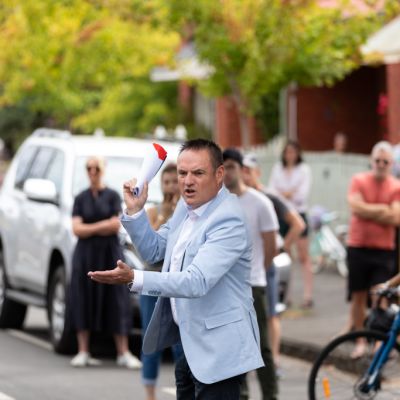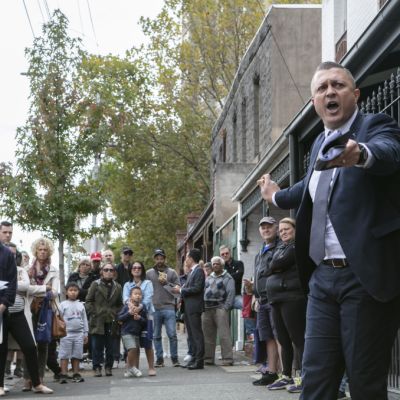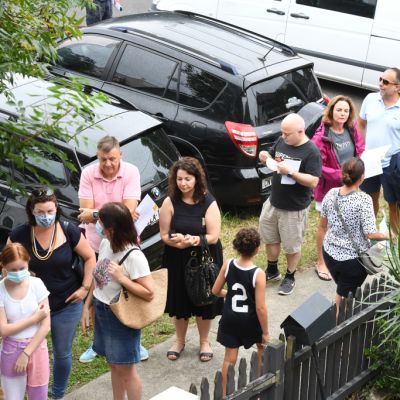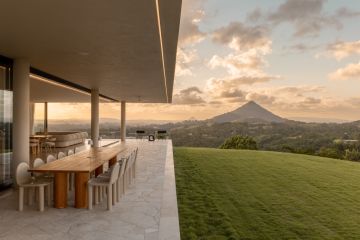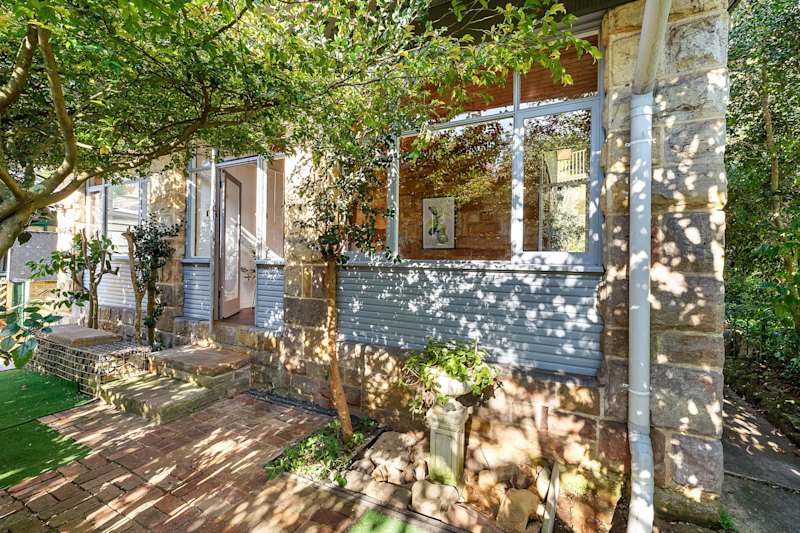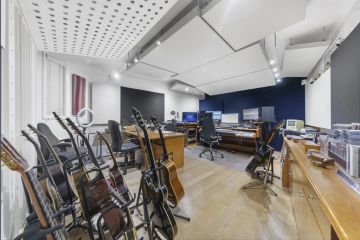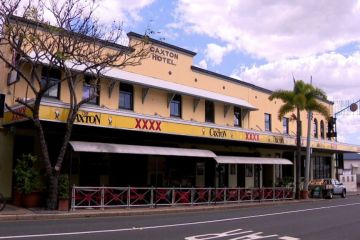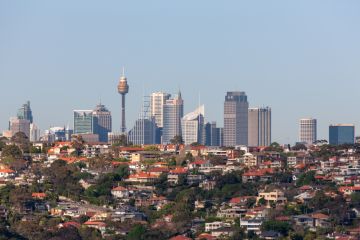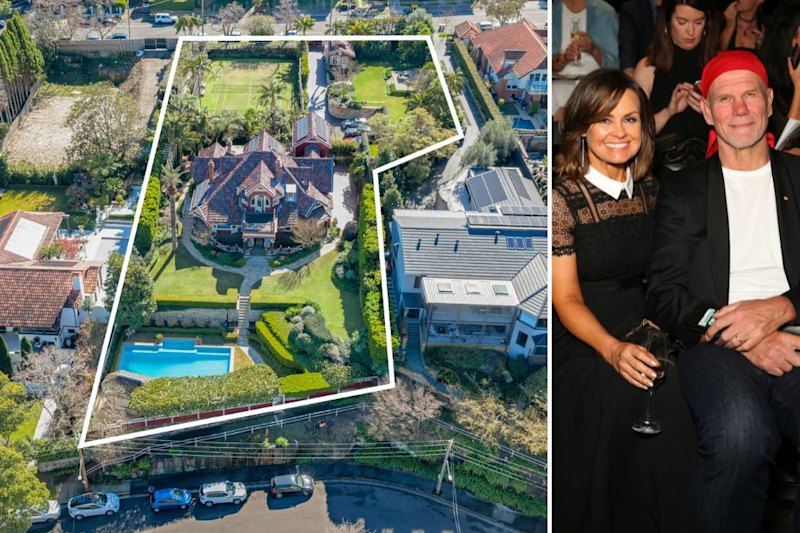Sydney, Melbourne, Brisbane, Adelaide, Canberra, Hobart house prices at record high
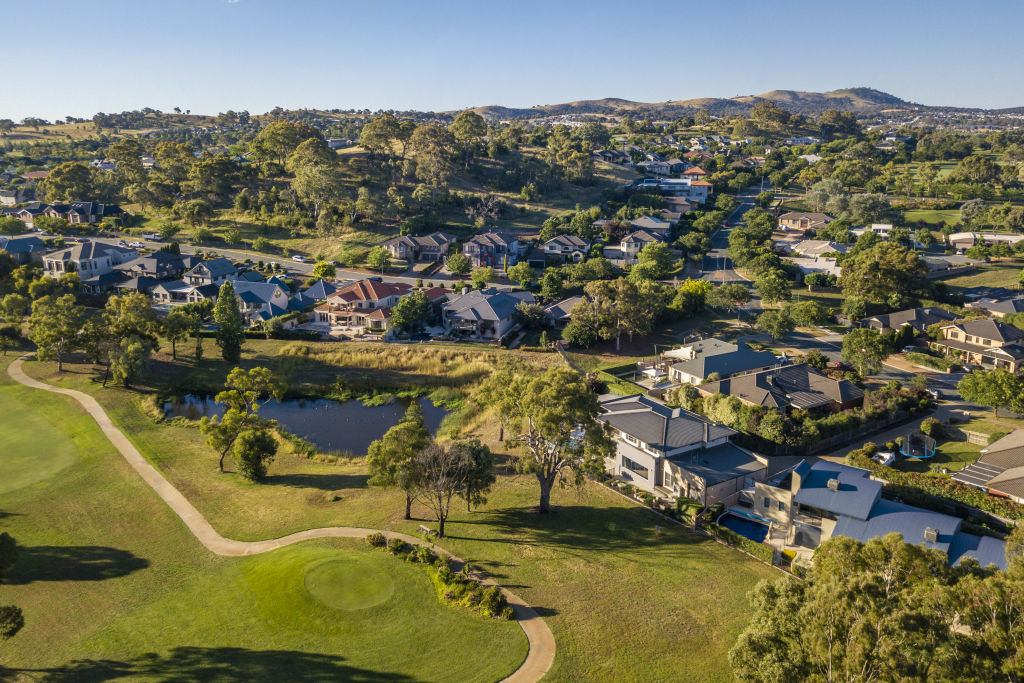
House prices in six capital cities have hit dizzying new highs, with two cracking through major barriers and prices in another poised to do so within three months.
The latest price data will undoubtedly startle prospective buyers but should encourage sellers and those minded to take advantage of the hot market. And, unlike hot markets of years past, this trend is uniform across the country.
Among the new record highs: Sydney’s median house price has smashed through $1.3 million and Hobart’s is now just above $600,000. The Apple Isle capital is now pricier than Perth, Darwin and Adelaide, the latest quarterly Domain House Price Report released on Thursday shows.
Melbourne’s median house price is likely to hit $1 million by the June quarter; it is also at a record high of almost $975,000 following 4.8 per cent growth in just three months.
Canberra prices have surged almost 10 per cent in three months and almost 20 per cent in just a year, to hit a record of nearly $930,000.
Brisbane, at just under $632,000, and Adelaide, at almost $600,000, are also at their highest ever. And in Perth, where the market is rebounding after years of decline following the mining boom, prices are at their highest since December 2015 – the median now nearly $580,000. Darwin is also on the rebound, its new median of just over $550,000 is the highest since December 2017.
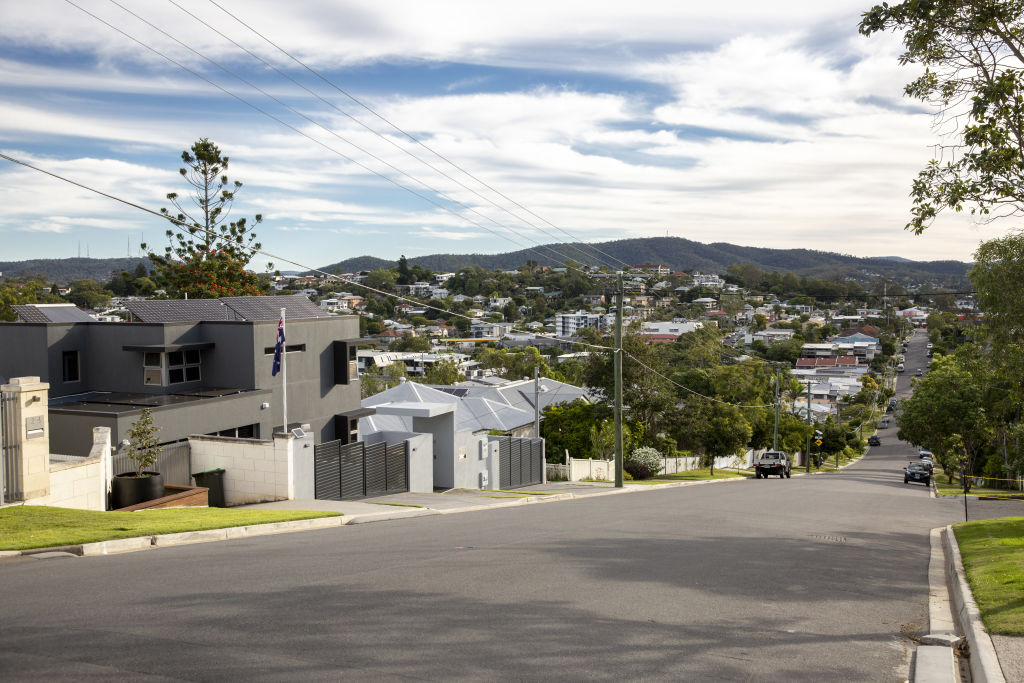
It’s growth that Domain senior research analyst Nicola Powell has described as “remarkable”.
“It’s the first time we’ve got two consecutive quarters of price growth for all capitals since 2009,” Dr Powell said. “It is reminiscent of that period post-GFC when all capitals went into an upswing. Even though we didn’t see a decline due to COVID, we’ve seen an acceleration of home buyers in the market that perhaps prior to COVID wouldn’t have been in the market.”
| Mar 2021 median | Dec 2020 median | Mar 2020 median | QoQ growth | YoY growth | |
| Sydney | $1,309,195 | $1,206,127 | $1,162,876 | 8.5% | 12.6% |
| Melbourne | $974,397 | $929,453 | $908,398 | 4.8% | 7.3% |
| Brisbane | $632,999 | $622,657 | $596,056 | 1.7% | 6.2% |
| Adelaide | $599,706 | $578,449 | $543,330 | 3.7% | 10.4% |
| Canberra | $927,577 | $845,804 | $776,533 | 9.7% | 19.5% |
| Perth | $578,612 | $564,854 | $529,835 | 2.4% | 9.2% |
| Hobart | $601,567 | $559,203 | $519,088 | 7.6% | 15.9% |
| Darwin | $554,295 | $508,104 | $511,150 | 9.1% | 8.4% |
Across the country, low numbers of property for sale has contributed to such strong results because fewer properties for sale generally leads to more competition to what is available. But it’s not the only reason: low interest rates have also played a part, as have government incentives. Some commentators are now suggesting assistance such as first-home buyer stamp duty concessions and the federal government’s HomeBuilder scheme need to be wound back.
“The rate of growth is rare, particularly when some have posted strongest growth on record. It’s not sustainable, that kind of increase and there are various things that will affect that level of growth. One is affordability. It will slow down the number of people looking to purchase.
“[The second is] sellers will be brought to market by strong conditions. One of the biggest factors driving up factors is the lack of supply combined with the record levels of housing finance. It just hasn’t been able to keep pace with the number of buyers.”
Dr Powell said it would be unlikely to have any intervention in the market by financial regulator the Australian Prudential Regulation Authority because the market would likely slow to more sustainable levels by the start of next year.
“Sydney was already unaffordable before this. What [intervention] we saw last time was targeted to investors. They haven’t been a driving force behind this market. Any intervention is going to have be carefully planned policy so it doesn’t impact first-home buyers.”
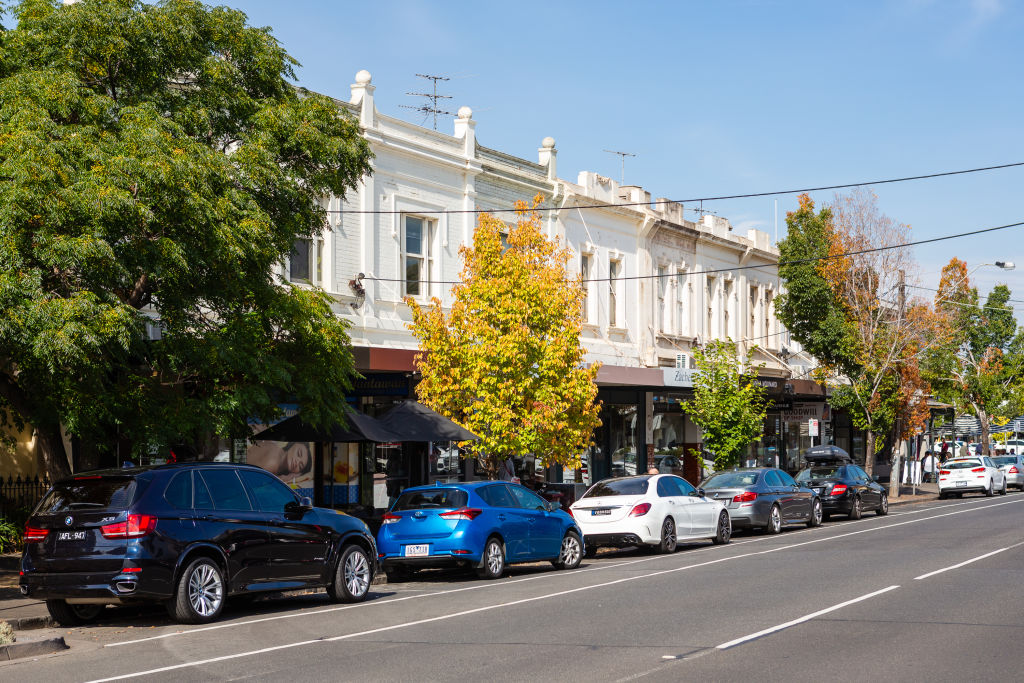
Canberra’s tearaway results have also been fuelled by a strong local economy, aided by government spending. The annual house price growth of 19.5 per cent is the steepest annual increase there for 17 years, and have pushed through $900,000 for the first time. Dr Powell said another quarter with similar growth would propel Canberra to a $1 million median house price.
That is all but assured for Melbourne, where the median has surged to $974,397, Dr Powell said, amid huge price growth on the Mornington Peninsula because of a demand for lifestyle properties amid the ongoing fallout from the pandemic, and in the city’s inner east and inner south – its top end of the market.
Sydney prices experienced their fastest quarterly increase since Domain records began in 1993, with the eastern suburbs, northern beaches and Hawkesbury regions leading the charge. Every region in Sydney is now at a record high for house prices, Dr Powell said.
In Adelaide, where the 3.7 per cent quarterly growth is the steepest in a decade, the increases are led by the central and south regions, as well as the Adelaide Hills. Dr Powell said it was unusual for the city of churches to have so much demand for property but it had recently experienced its first half-yearly population growth in almost 30 years.
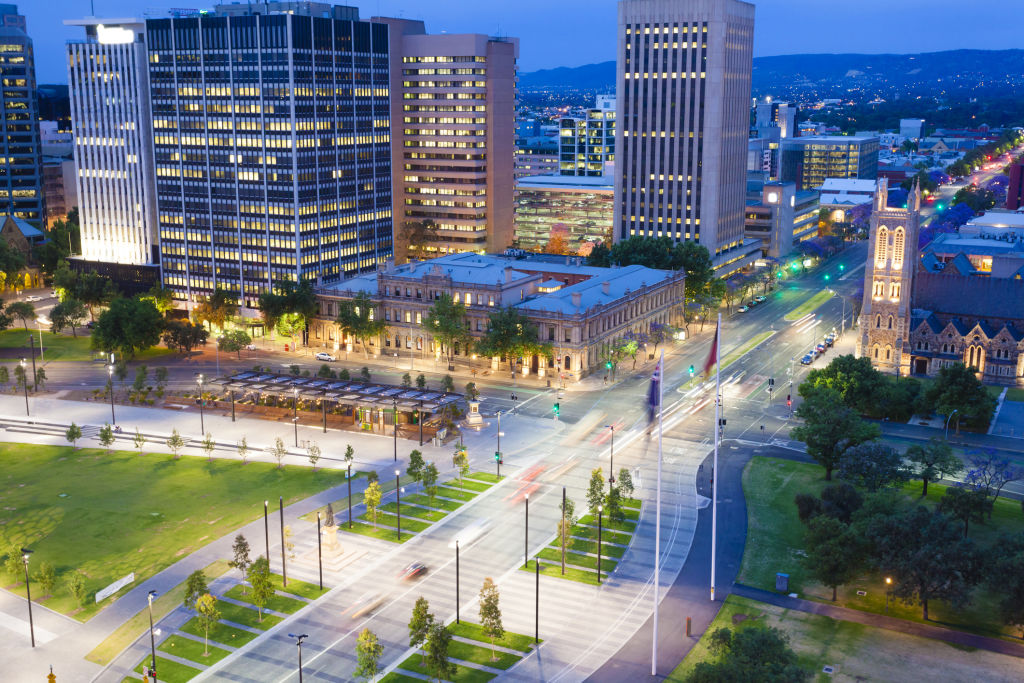
Brisbane has continued its modest growth, and Dr Powell said the city continued to attract interest from buyers in Victoria and NSW.
Perth’s rebound in prices is likely to continue, Dr Powell said, given population growth continuing and she predicts more investor activity now that the state government’s rental moratorium has concluded. A resurgent resources sector will also have an strong effect on Perth’s house price rebound.
Hobart house prices have pushed past $600,000 for the first time, with the 7.6 per cent growth over the March quarter the steepest for a quarter since 2003. Dr Powell said growth of that nature suggested the growth in house prices was accelerating.
She said house prices in the past five years had grown 73 per cent, in large part fuelled by interstate buyers relocating and perceiving Hobart as good value when compared to Melbourne and Sydney in particular.
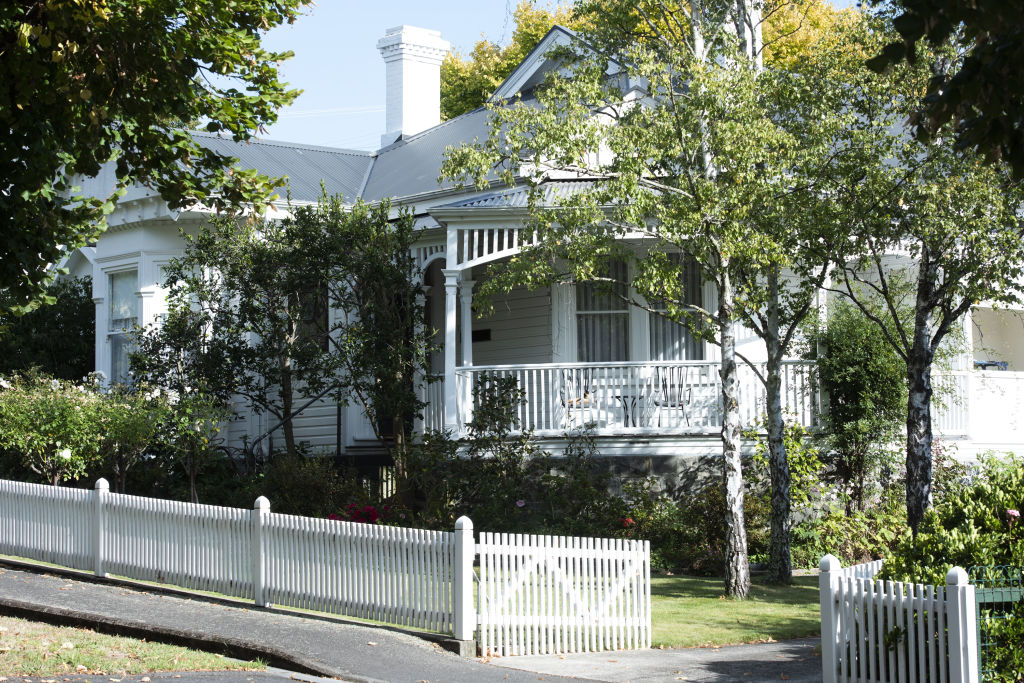
But those staring at the surging house prices may be more encouraged by unit prices. Only Melbourne is at a record high, with Brisbane, Canberra and Hobart declining over the quarter.
Sydney unit prices have inched up past $750,000, and are now 4.7 per cent below their peak price in June 2017.
Prices in Adelaide and Perth have surged about 7 per cent over the past year.
| Mar 2021 median | Dec 2020 median | Mar 2020 median | QoQ change | YoY change | |
| Sydney | $751,038 | $734,700 | $749,264 | 2.2% | 0.2% |
| Melbourne | $568,793 | $556,725 | $549,452 | 2.2% | 3.5% |
| Brisbane | $398,612 | $400,556 | $403,074 | -0.5% | -1.1% |
| Adelaide | $344,062 | $340,281 | $321,955 | 1.1% | 6.9% |
| Canberra | $473,304 | $497,973 | $460,286 | -5.0% | 2.8% |
| Perth | $371,445 | $357,339 | $346,947 | 3.9% | 7.1% |
| Hobart | $430,716 | $434,054 | $434,793 | -0.8% | -0.9% |
| Darwin | $293,731 | $298,976 | $244,423 | -1.8% | 20.2% |
Dr Powell said units had underperformed relative to houses in part due to oversupply in some markets, and some buyers had shifted away from high-density living and investors had not been active.
“It seems to have turned a corner. We’re starting to see a bit of growth. We’re starting to see investors come back to the market. What that could continue to do is support further price growth if we see more participation from investors,” she said.
In Brisbane, continued unit price declines mean the gap between houses and units is at its highest on record.
We recommend
We thought you might like
States
Capital Cities
Capital Cities - Rentals
Popular Areas
Allhomes
More
